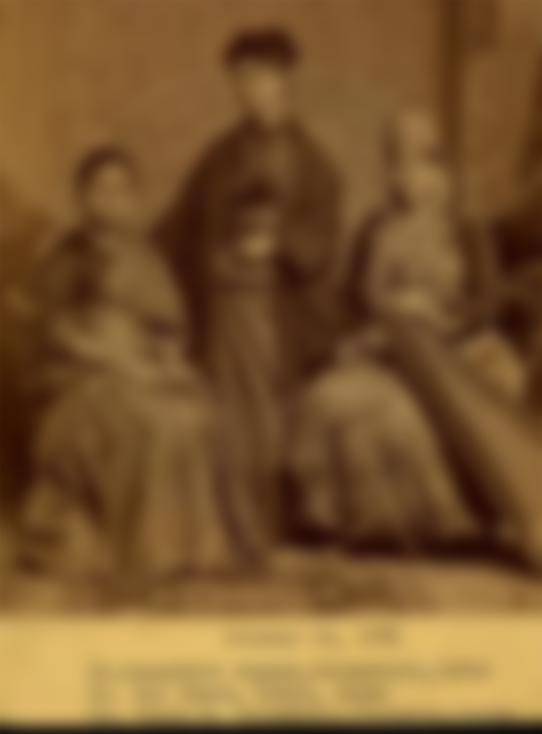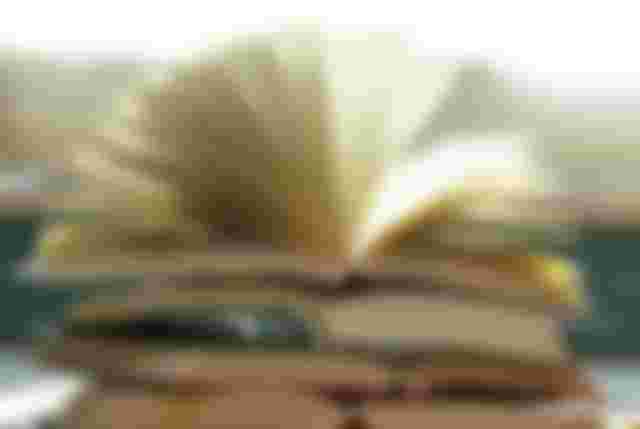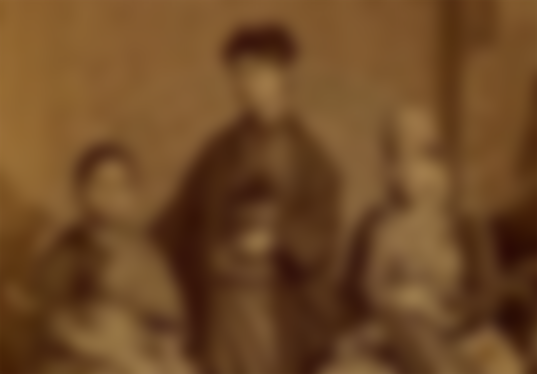Three Women Doctors of 19th Century
These three women doctors got a place in history.
The snapshot is historical. I discovered the photograph only a week ago. The picture was shot in 1885 (and was published in 1886) at the medical college of Pennsylvania. The historical image features a full-length portrait of three women who graduated from the "Women's Medical College of Pennsylvania.

Graphics 01: Screenshot from "FROM INDIA, JAPAN AND SYRIA, 19TH CENTURY WOMEN WHO TREKKED TO PHILADELPHIA FOR MEDICAL SCHOOL."
Three young women from India, Japan, and Syria visited North America to study medicine in the late 1800s
The three women students from India, Japan, and Syria had traveled to North America to get professionally educated in the field of medicine.
Now, in 2022, it may appear as another incident of a foreign student studying at a distant university. In the 1880s, going abroad for academic purposes was special. In this case, it was very special because women's education hadn't yet been propagated in the global human society.
Wasn't it a historical happening in the field of global academics and education?
On the part of the students and their family members, it was a very bold step towards extending support to these women to visit a distant place for getting higher education.
This made the three women students' getting a medical degree a landmark in the area of academics and educational systems around the globe, that too in the early days of the 1880s.
In 1850, the Philadelphia institute made history by starting women's medical education on the world map
The "Women's Medical College of Pennsylvania" was probably the first medical college exclusively for women students in the professional field of medicine. The credit goes to a small group of freedom-minded and progressive Quakers from Philadelphia who believed in human rights in the true sense.
The college administration in Pennsylvania believed in human rights or rather women's rights and opened the Women's Medical College, Pennsylvania (WMCP) in 1850.
The hospital of the college became functional in 1861. The college authority gradually started attracting women students from America, Europe, and the far eastern territorial locations, who didn't have the facilities for medical studies in their places.
Historically, in 1970, the college started to admit men students after almost 120 years after its foundation. The name of the college was also changed to "Medical College of Pennsylvania.
There were only a hand countable hardcopy newspapers to spread the news about global academic opportunities

Graphics 02: Photo by Pixabay from Pexels.
Just think about it. There was no television and Internet to circulate academic and educational activities around the globe. The awareness of education was also poor among the vast majority of the global citizens.
Even then, the news spread, and the women's college at Pennsylvania started to get women students from other parts of North America, Europe, and then from far away places around the globe.
We hear and read many bad and negative things about America. Still, we have to remember that the American educational system is one of the most celebrated educational systems that considered freedom and equality for all humans irrespective of nationality, language, race, religion, ethnicity, gender, age, etc.
The three women in reference are proof that education is by far the most valuable global aspect of humankind
The names of the three women are Anadibai Joshi (India), Keiko Okami (Japan), and Sabat Islambouli (Syria). Hats off and a big salutation to all the three women and their family members who had agreed to let them travel to a fairway place for getting a medical degree.
Now, it is pretty common to go abroad for higher education, for a job, or just for traveling as an interest. But, the time was the 1880s, and the citizens of the world hadn't yet gotten accustomed to globalization.
Anandibai Joshi (written as Joshee in the photograph caption) was a married woman from a higher caste Hindu family. Keiko Okami was most probably from a Buddhist family in Japan. Sabat Islambouli was from a Muslim family in Syria.
Despite their social, religious, and economic background, all three women were highly spirited to take a plunge into higher education in the medical field. Forget about women doctors; at that time, i.e., in the 1800s, there were very few men doctors in their respective societies in their home nations.
Special mention is for their respective family members for permitting them to go abroad for availing of medical school education, and also arranging the high cost of academic fees and staying expenses.

Graphics 03: A part of the screenshot from "FROM INDIA, JAPAN AND SYRIA, 19TH CENTURY WOMEN WHO TREKKED TO PHILADELPHIA FOR MEDICAL SCHOOL."
We must salute the brave hearts of Anadibai Joshi (India), Keiko Okami (Japan), and Sabat Islambouli (Syria) and all their respective family members.
We should also salute the academic reformers of Philaphia for their willpower and conviction to impart professional education to women students and extend admission to all world citizens.
Bringing it altogether
Three young women from India, Japan, and Syria had traveled to North America to get a medical degree in the late 1800s.
On the part of the students and their family members, it was a very bold step towards extending support to these women to visit a distant place for getting higher education.
This made the three women students' getting a medical degree a landmark in the area of academics and educational systems around the globe, that too in the early days of the 1880s.
The "Women's Medical College of Pennsylvania" was probably the first medical college exclusively for women students in the professional field of medicine.
The college administration in Pennsylvania believed in human rights and women's rights and opened the Women's Medical College, Pennsylvania (WMCP) in 1850.
We can try to understand the challenges they faced in accomplishing it.
We should explore all possibilities of getting education.
May I ask my ReadCash VIP connections to witness a past landmark in the globalization of professional education?
@Amjad_Ali_Waince @Ayane-chan @cmoneyspinner @Duvinca @Ellehcim @ErdoV @Eybyoung @Jane @Janz @nomadghada @Oikawa @Olasquare @SolarPhasing @sj0820 @Talecharm
All names have appeared in alphabetical order.
Postscript
I am from the STEM (Science, Technology, Engineering, and Mathematics) field. My interests now become STEAM - Science, Technology, Engineering, Arts, and Mathematics, because I have added: "Arts" and "Fine Art" to my interests.
I develop solutions for password and cybersecurity relevant to cryptocurrencies, blockchain, and other block-less distributed ledgers.
I thank all my sponsors, whose names appear in the "Sponsor" pannel.
Cheers!
Unity (Debesh Choudhury)
Text Copyright © 2022 Debesh Choudhury — All Rights Reserved
Join me at
Odysee, LinkedIn, Twitter, noise.cash, read.cash, publish0x, and Facebook
Lead Image: GIF generated with the title texts and a part of the screenshot from "FROM INDIA, JAPAN AND SYRIA, 19TH CENTURY WOMEN WHO TREKKED TO PHILADELPHIA FOR MEDICAL SCHOOL."
All other graphics and videos are credited just below it.
Disclaimer: All texts are mine and original. Any similarity and resemblance to any other content are purely accidental. The article is not advice for life, career, business, or investment. Do your research before adopting any options.
Unite and Empower Humanity.
April 03, 2022.



It would also be nice to experience studying in foreign countries, to experience the education there..